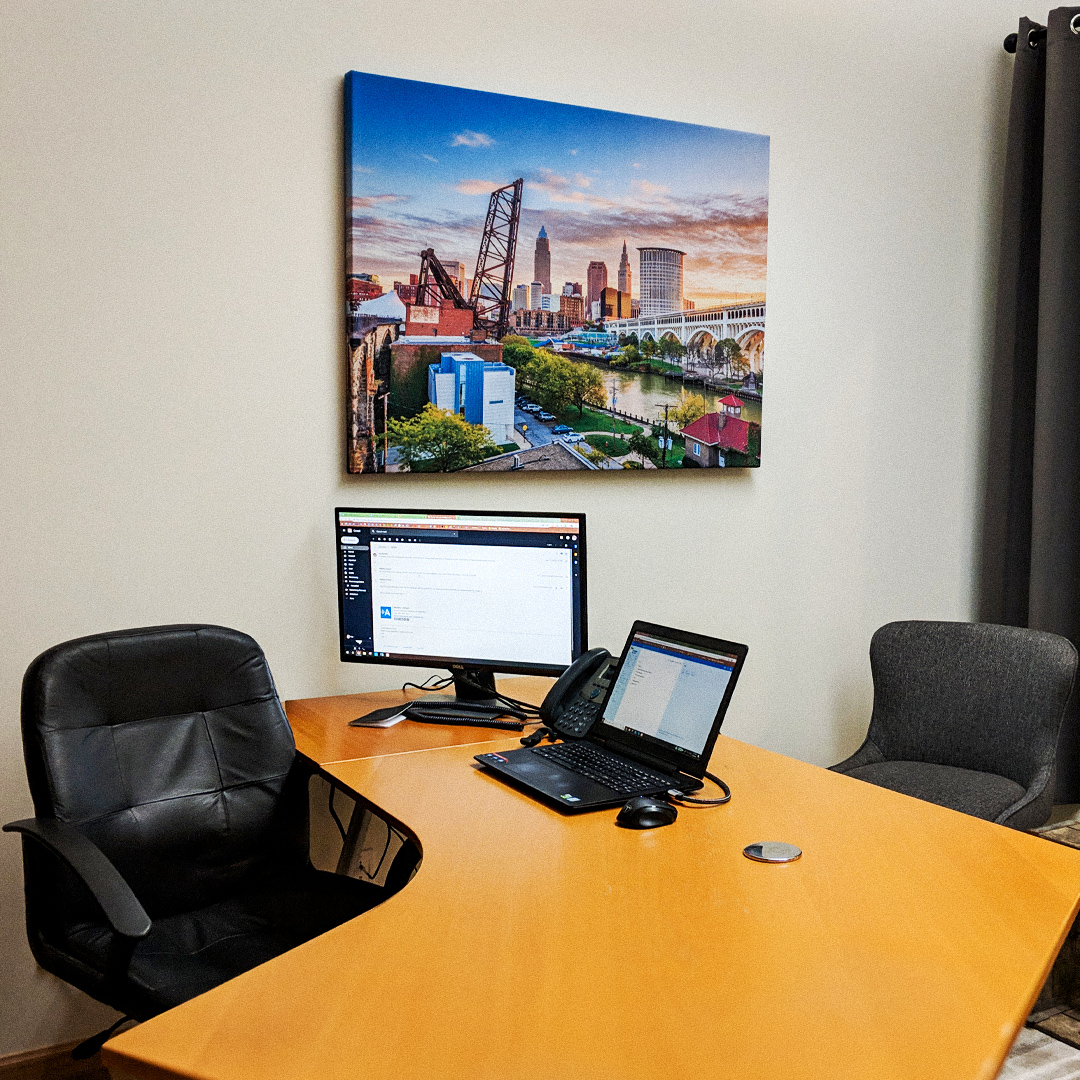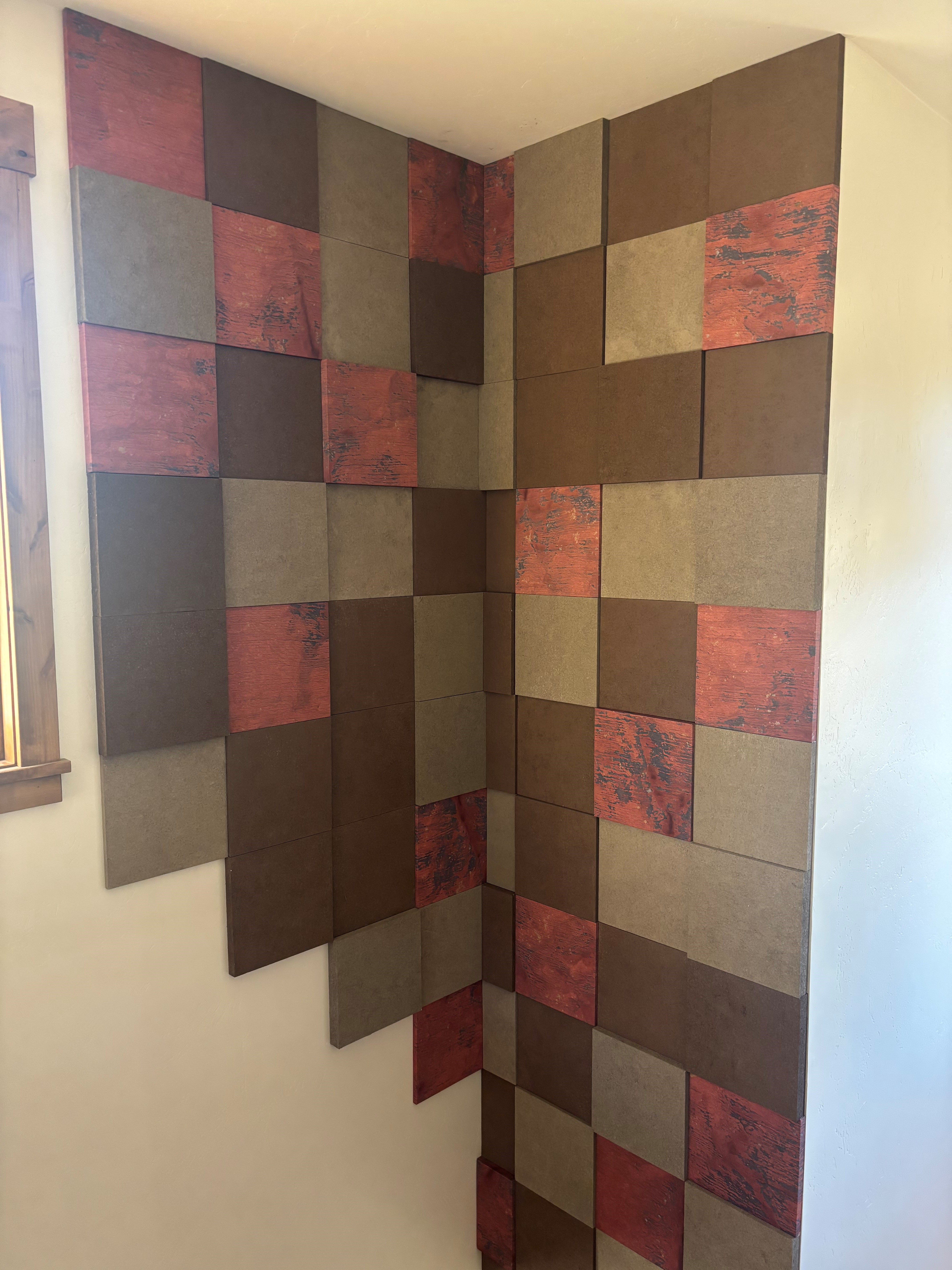How Do I Reduce the Reverb on My Video Conferencing From Home?
- Sep 9, 2025

As more of us are working remotely in some capacity, the rise in video conferencing via Zoom or other platforms also means that the acoustics in our homes and home offices matter more than ever. Otherwise, important work calls can be ruined by too much echo or reverb on your end of the conversation.
Here's a few tips to make sure you're getting the best sound for video conferencing:
1. Stay Away from Corners and Walls
Hard surfaces like corners and walls will reflect sound back to your computer's microphone, resulting in echo and overall bad sound clarity. Bass also tends to build up in corners, making your voice sound boomier. The middle of a room is generally better because sound has to travel farther (weakening along the way) before it reflects off these hard surfaces.
2. Use External Mics
Built-in microphones on a computer, laptop, or smartphone capture everything in a room and can quickly add too much ambient noise to a video conferencing call. They can also create echoes when interacting with speakers on your computer. Most external mics, whether it's a USB condenser microphone or a microphone attached to your earbuds, are designed to pick up your voice and filter out unwelcome sounds or echoes.
3. Use Earbuds or Headphones
Earbuds and headphones prevent the audio from your video conference from being picked up by your microphone, which can result in echo and muddy sound. You can certainly opt for a top-of-the-line pair of headphones, but even a basic set of earbuds will make a big difference.
4. Add Acoustic Panels
Sound-absorbing solutions like Audimute's AcoustiWood® Planks, Fabric Acoustic Panels, or Sound Absorption Sheets can be hung on walls or from ceilings to soak up echoes, reverberations, and mid to high frequencies in your room, giving you incredible sound quality on your end of the video conference.
5. Add Other Sound-Absorbing Fixtures
Thick rugs, soft cushions, and other similarly dense furnishings can help soak up sound waves so they don't reflect around a space. If possible, take your video conference call from a couch or bed (and if you're worried about the optics, blur your background or add a virtual one!)
Investing in the right sound setup can improve productivity and collaboration on your next video conference call. It's a sound business decision!









